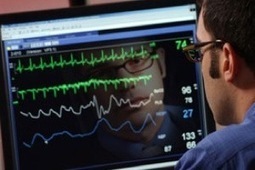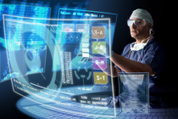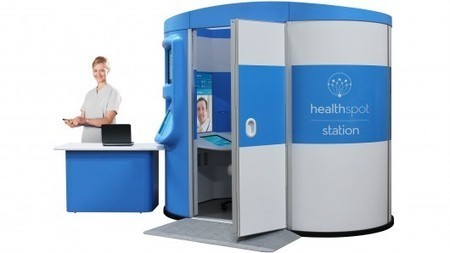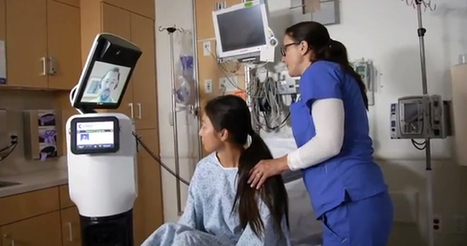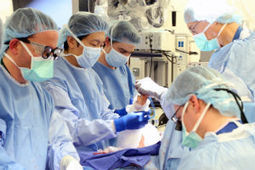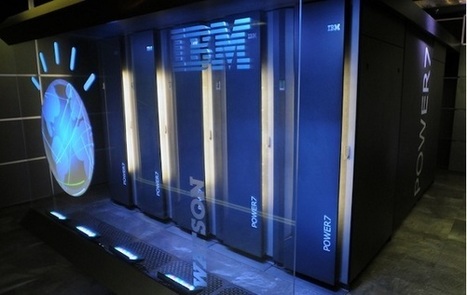Two Indiana University researchers have developed a computer model they say can identify significantly better and less-expensive treatments than can doctors acting alone. It’s just the latest evidence that big data will have a profound impact on our health care system.
How much better? They claim a better than 50 percent reduction in costs and more than 40 percent better patient outcomes.
The idea behind the research, carried out by Casey Bennett and Kris Hauser, is simple and gets to the core of why so many people care so much about data in the first place: If doctors can consider what’s actually happening and likely to happen instead of relying on intuition, they should be able to make better decisions.
In order to prove out their hypothesis, the researchers worked with “clinical data, demographics and other information on over 6,700 patients who had major clinical depression diagnoses, of which about 65 to 70 percent had co-occurring chronic physical disorders like diabetes, hypertension and cardiovascular disease.” They built a model using Markov decision processes — which predict the probabilities of future events based on those immediately preceding them — and dynamic decision networks — which extend the Markov processes by considering the specific features of those events in order to determine the probabilities. Essentially, their model considers the specifics of a patient’s current state and then determines the best action to effect the best possible outcome.
Specifically, Bennett and Hauser found via a simulation of 500 random cases that their model decreased the cost per unit of outcome change to $189 from the $497 without it, an improvement of 58.5 percent. They found their original model improved patient outcomes by nearly 35 percent, but that tweaking a few parameters could bring that number to 41.9 percent.
IBM has been banging this drum loudly, most recently with two new commercial versions of its Watson system — one of which is designed to determine the best-possible course of treatment for lung cancer patient by analyzing their situations against a library of millions of pages of clinical evidence and medical research.
So, although we won’t hear “Paging Dr. Watson” at the hospital anytime soon, there’s an increasingly high chance our doctors will retire to their offices with our charts and ask a computer system of some sort what might be wrong with us and how they might best fix it.
Via
Dr. Stefan Gruenwald



 Your new post is loading...
Your new post is loading...

